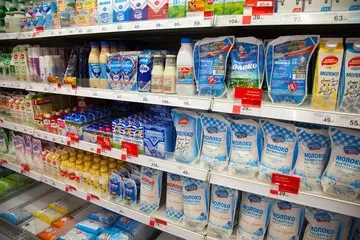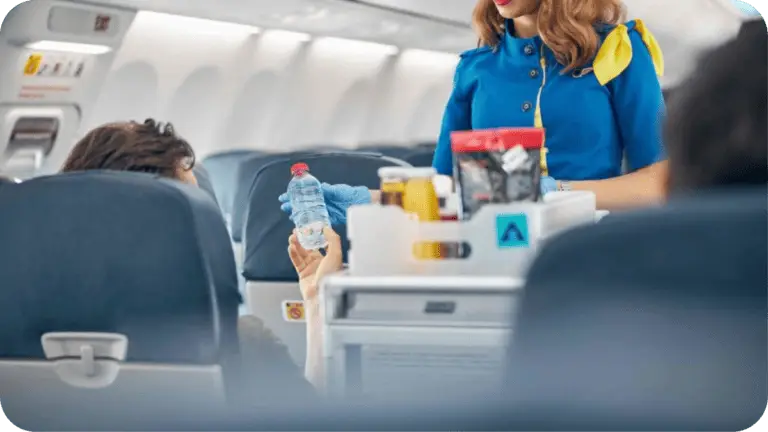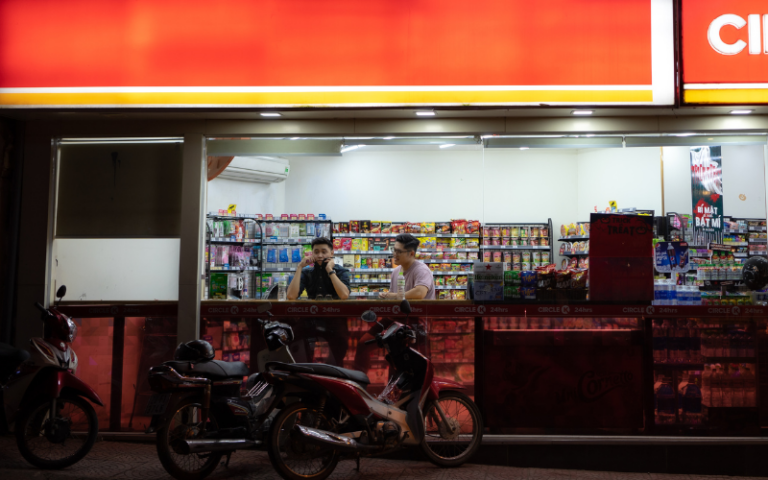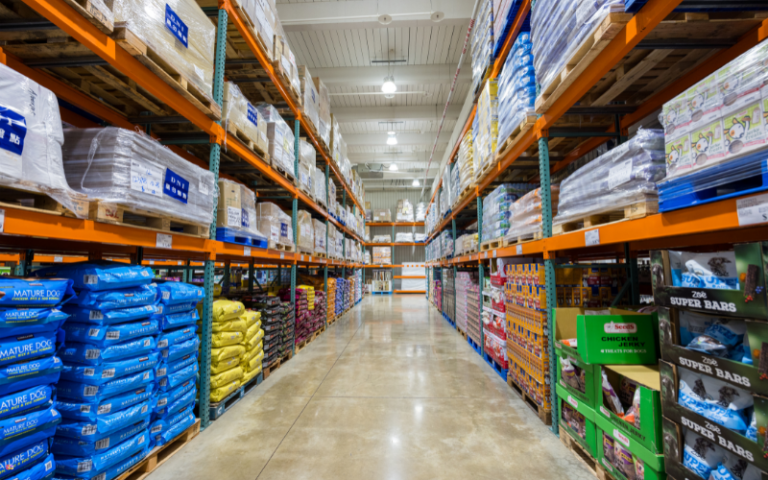High-Volume External Contract Manufacturing and Packaging Services
Econo-Pak’s comprehensive contract packaging services provide our clients with
an easy, fixed-price, end-to-end solution.
Our services cover a wide range of product types, such as foods, vitamins, powders, drink mixes, baby products, and much more. We’re a full-service external manufacturing solutions provider offering processes that’ll take your product from start to finish.
Scale into new markets with Econo-Pak.
By understanding the requirements of every niche, we can help you pack and manage multiple configurations for every market your product is in.
Econo-Pak designed our services to help you grow. Our team of packaging specialists offers cost-effective, timely, and innovative solutions for customers to scale into new markets, including:
We can help you pack your product in nearly any configuration.
In the food industry, precise filling techniques and specialized equipment are paramount to ensure accurate dosage and minimize waste. Whether it’s filling snacks, powders, chocolates, baby formula powder, or any other dry food product into bottles, jars, pouches, or tubes, we have the capabilities to meet the specific packaging needs of each product.
Quality and food safety is our specialty.
Econo-Pak is dedicated to ensuring our facility and services provide a safe environment for our clients’ food products. We are certified and consistently audited by the following regulatory bodies to maintain our high quality standards:
- Safe Quality Food Institute
- Food and Drug Administration
- Gluten Intolerance Group of North America
- Baystate Organic Certifiers
- Costco Safety & Quality
- Sedex: Sustainable Business and Supply Chain Solutions
- And more
Visit our Quality page to learn more about our food safety and quality control practices.
Just see what our clients say.

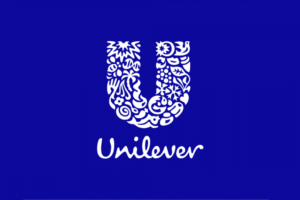
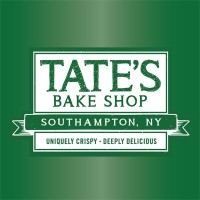
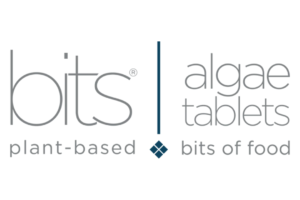

Let's start scaling
Using Econo-Pak’s high-volume co-packing and co-manufacturing services allows you to focus on innovation while we handle the packaging. We adhere to strict standards for timely and efficient market delivery.
Fill out the form to get a fixed-price quote for your project.


